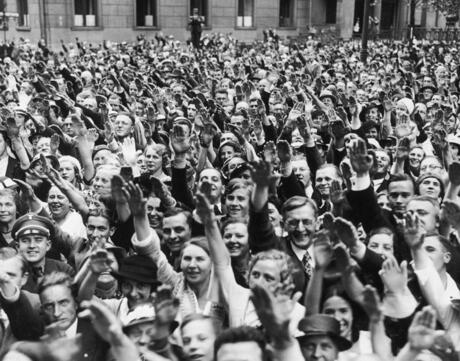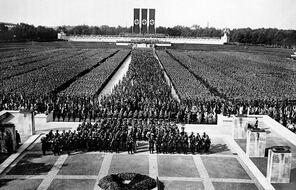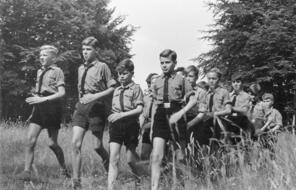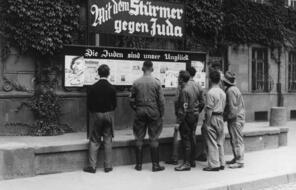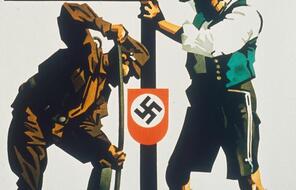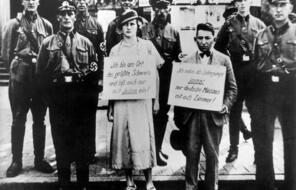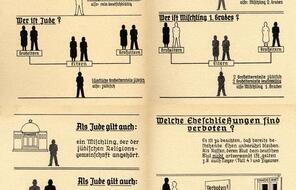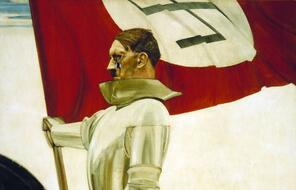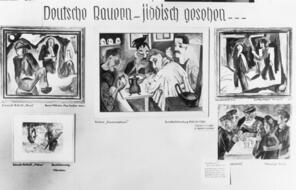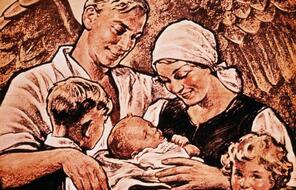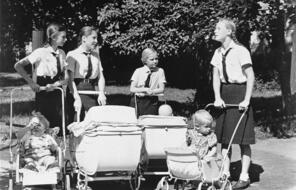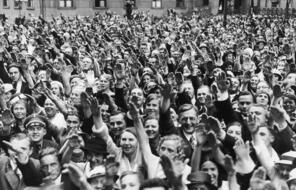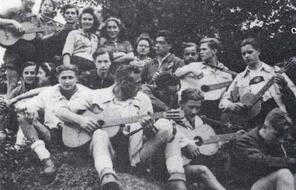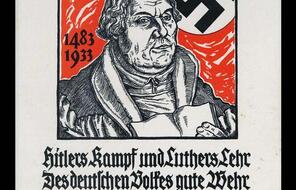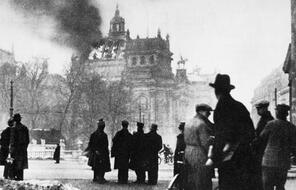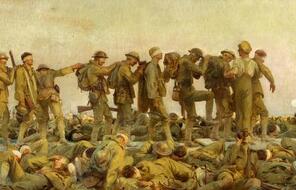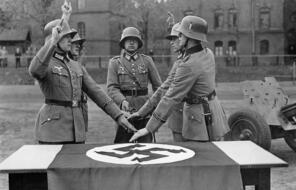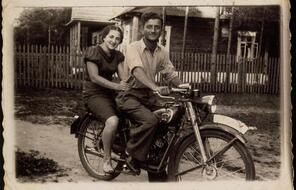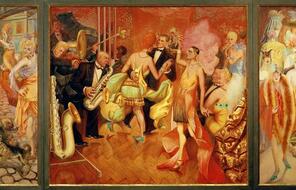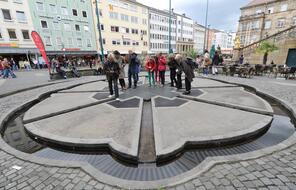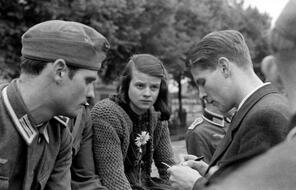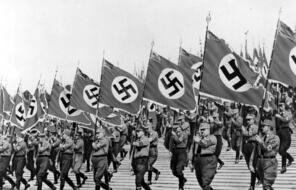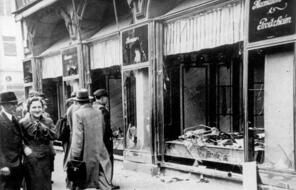By 1934, Germany was firmly under Nazi control. After President von Hindenberg’s death in August of that year, Adolf Hitler declared himself not only the nation’s chancellor but also its Führer. The revolution was over, he told his closest associates. It was now time to consolidate power and normalize life in the “new Germany” they had created. The Nazis were determined to create a Volksgemeinschaft—a “national community” or, literally, a “people’s community.”
The term had become popular during World War I as a way of rallying support for the conflict. At that time, it simply meant that all Germans, regardless of class, religious, and social differences, would work together to achieve a national purpose—winning the war. But the Nazis interpreted its meaning differently. They used the word to advance the idea of a racially pure and harmonious national community united in its devotion to the German people, their nation, and their leader. In the words of a popular Nazi slogan, the goal was “Ein Volk! Ein Reich! Ein Führer!” (“One People! One Empire! One Leader!”)
As the slogan suggests, the Nazis viewed National Socialism as more than a set of political ideas. Joseph Goebbels, Hitler’s minister of propaganda, called it a “total and all-encompassing general perspective on all public matters.” It was an ideology—a system of closely related ideals and beliefs. Goebbels said of Nazi ideology:
We hope that the day will come when nobody needs to talk about National Socialism any more, since it has become the air that we breathe! . . . People must get used inwardly to this way of behaving; they must make it into their own set of attitudes.
Hitler described the foundation for the national community in his book Mein Kampf:
If one were to divide mankind into three species: the culture-creators, the culture-bearers, and the culture-destroyers, the Aryan would fit the first definition. It is to him that we must trace the foundations and the walls of all that human beings have created.
. . . The most powerful [opposite] to the Aryan is the Jew . . . The Jew possesses no culture-creating ability whatever, since he does not, and never did have that quality without which man cannot truly develop toward a higher order: idealism. Therefore, his intellect will never act as a constructive force. . . . He is and remains the typical parasite, a sponger who, like a malign bacillus, spreads more and more as long as he will find some favorable feeding ground.
While the Nazis were clear about their ultimate goal of creating a “racially pure” state, they were also conscious of public opinion. They worked to cultivate consensus in German society even as they suppressed dissent. They established organizations for workers, women, young people, and other groups to build a feeling of connection to the Nazi government. They produced all kinds of propaganda designed to create allegiance to Nazi ideas. In an effort to avoid the appearance of lawlessness to order-minded Germans, they wrote most of their policies into new laws. They encouraged Germans to police their own behavior, and that of their neighbors, in accordance with those laws. And through their policies and propaganda, they set out to prepare Germans for war to acquire the “living space” that the “Aryan” race needed in order to grow and expand. Chapter 6 examines the Nazis’ efforts to create a Volksgemeinschaft and the important questions those efforts raise about obedience and conformity, persuasion and dissent.
